The end of one year and the beginning of the next always brings with it a wave of predictions about what’s to come.
It is nearly impossible to say how any current emerging trends will fare over the course of a year — especially given the ongoing collision of legal and political decisions, environmental consequences, and societal preferences. Nonetheless, it’s both interesting to see what the future might hold and important to consider if and how your travel-related company is prepared to respond.
Keep in mind, though, that it may not be enough just to tweak your business operations or make adjustments to your offerings. You may also need to adjust your storytelling strategy and messaging as well — for both internal and external audiences. After all, your tourism business should be supported by accurate and intentional communication, just as your travel-related marketing communications should reflect your business values and offerings.
You may have some of these hot travel trends on your radar already. Match those with marketing communications know-how, and you’ll be ready to address them as they unfold.
Go Before It’s Gone
The Travel Trend: Last-Chance Travel Surges as a Key Motivator
On the heels of revenge travel, travelers prove their insistence that they won’t let anything hold them back from the places they want to travel. According to the Adventure Travel Trade Association’s (ATTA) Adventure Travel Industry Snapshot: State of the Adventure Travel Industry report, which consists of data collected in 2023 and published in 2024, last-chance tourism is now a trending motivation for why people are choosing to travel.
I first wrote about last-chance tourism in 2019, when people flocked to climb Uluru in the final days before it was closed to the public. Since then, visitation has similarly surged in places with particularly fragile ecosystems, like the Galapagos Islands and Antarctica, which has seen record visitation in recent years despite the fact tourists’ environmental footprint is accelerating its destruction. Some travel companies have actively made the decision not to offer trips to endangered destinations and avoid feeding the last-chance tourism trend. However, others have decided that if travelers are going to book trips to these places anyway, they might as well take advantage of that interest; many are justifying that they provide a “sustainable” option.
The Marketing Communications Solution: Address Reality and Avoid Greenwashing
If your travel company provides trips to fragile ecosystems, you have a responsibility to communicate what the impact is of visiting them. This impact is likely both positive and negative, but you must be clear about what both of those impacts are because if you only choose to focus on the positive impacts — funding local community conservation projects or participating in important citizen science projects, for example — that is a form of greenwashing.
Whether your company acknowledges these are last-chance tourism experiences or not, avoid sugar-coating them as run-of-the-mill itineraries. Instead, this is a great opportunity to use tourism as a teaching tool. Integrate messaging about global issues like the climate crisis and biodiversity collapse within the tourism context throughout the experience. Prepare travelers with information on how they can keep their negative impact to a minimum while maximizing their positive impact. Explains why this matters.
When communicating about complex issues like the climate that are deeply embedded in science, it’s easy to get bogged down in stats. Keep in mind that people are storytelling creatures, and intangible concepts can be hard to grasp. While it is important to base your communication in science, when possible, make the messaging genuine (“when I was a child, the glacier reached this far down the mountain”) and encourage reflection (“how has the climate crisis changed food and water availability in your community?”).
Staying Grounded
The Travel Trend: Overland Travel is Increasingly Popular
There’s no doubt about it: Air travel is still very popular. However, the intersecting trends of slow travel, digital nomadism, and conscious consumerism have firmly put train travel and other forms of overland travel firmly on travelers’ radars, as noted in the Lemongrass PR trends report. (Disclosure: I was the copywriter for this project.) This consumer-driven interest has been helped along by legislation, expanded services, and awareness campaigns, especially in Europe but also in other parts of the world.
Additionally, several travel companies have responded either by making it easier to book train travel (like Byway) or by removing internal flights from itineraries and replacing them with rail or vehicle travel.
The Marketing Communications Solution: Make the Journey Matter
Helping travelers stay grounded with overland options versus flights is a huge opportunity for the tourism industry to collectively cut carbon emissions. Certainly, there are some places that can only be reached by air, but for regions where overland travel is an option, tourism professionals can rewrite the narrative about the transportation portion of a trip.
Since the advent of leisure travel via airplane, the tourism industry has focused on transportation simply as a means to reach the destination. The messaging was that flying was cheaper, easier, and faster, so people could start their holidays sooner. Heck, the industry even rewarded people for flying, not only through frequent flyer programs but through partnerships with other kinds of services.
To contribute meaningfully to this current trend, consider making the journey part of the travel story. Build this into the overall experience either with planned or suggested potential stops coming and going, if appropriate. This can be particularly poignant if you use trip cohesion to tie various aspects of a trip together — including the journey to the final destination.
Also, keep in mind that people don’t know what they don’t know, so there is a certain amount of communication focused on awareness needed as well. Publish carbon labels with your itineraries and provide carbon emissions information when explaining why your company chooses one kind of transport over another.
Searching for Solitude
The Travel Trend: Getaways Designed for Peace and Quiet
As the world gets louder, travel is becoming a place to find quiet. Instead of packing their days with busy activities, it turns out travelers are increasingly seeking tranquility via “calmcations,” according to a BBC article.
These experiences include everything from booking off-grid accommodations to tech-free spaces and places. As time goes on, it’s clear the mental and emotional health effects of screen time and constantly being plugged in have negative consequences. Chances are more travelers will intentionally seek out these opportunities, and while some service providers will specifically create offerings that fit this niche, all of the industry can respond.
The Marketing Communications Solution: Build in Time for Reflection
Just as people have packed their trips in years past, tour companies have packed their itineraries and destinations have had no shortage of things for people to do and see. Perhaps it’s time to acknowledge travelers’ desire to slow down by helping them find that moment of calm rather than assuming they’ll do it on their own.
Tour operators can intentionally build in time for travelers to reflect upon their experiences and engage in deeper conversations about what they’re learning. Or, simply offer free time so people can take in all they’ve experienced on their own terms. Listening is a key communication skill and one that can be used to help people think more intentionally about why and how they’re moving through a space as a visitor. Dr. Anu Taranath’s book Beyond Guilt Trips and the Transformational Travel Journal both offer prompts you can use to encourage reflection.
For their part, destinations should actively communicate about places where people can find a moment of quiet and solace, such as meditation gardens, yoga studios, and walking trails. While some of these spaces might be categorized as “outdoor activities” or “spiritual spaces” on a destination website, specifically naming the desire for people to seek quiet spaces and providing this information in a single place will make it easier for them to find what they are looking for.
In Support of the People
The Trend: Community Tourism Takes Off
Call it traveling “off the beaten track” or the desire to “seek authenticity,” but whatever this desire is, it’s often leading people toward rural areas and into the arms of community-led tourism, as noted by the Better Routes Collective in its 2025 responsible tourism trends roundup.
The concept of community tourism has evolved over time to specifically note who is benefitting from travelers’ presence in the community and how. When executed appropriately, travel experiences are owned, led, and managed by local people and communities. For their part, travelers are treated to experiences that allow them to learn about and appreciate different cultures on a personal level.
The Marketing Communications Solution: Avoid Stereotypes and Exploitation
When community tourism is offered appropriately to travelers, it is highly advantageous economically, culturally, and socially. However, without thoughtful and intentional communication built into these experiences, they can quickly become a form of exploitation.
There are several key components to responsibly communicating about community tourism. This includes clearly communicating what travelers can expect, anticipating and addressing any concerns people might have, providing context for the experiences travelers participate in, and being mindful of word choices and visuals when describing and marketing community tourism. For a detailed explanation of how to use marketing communications to effectively support community tourism, please read this article, which specifically addresses the topic.
Say What?
The Trend: The Importance of Word-of-Mouth Marketing in Tourism
Though not specifically a 2025 trend, this stat is worth noting as you shape your communications plan for the year ahead: According to ATTA’s report, 80% of respondents said that word-of-mouth was their most helpful marketing tactic.
Perhaps surprisingly, this was followed by email marketing at 54% — a significant drop from word-of-mouth marketing but still 11% more potent than social media advertising. While people certainly still turn toward social media for inspiration and information when planning travel, they prefer to look toward trusted family, friends, and colleagues. In contrast to the unpredictable, tumultuous state of social media right now, that rock-solid person in someone’s life may become even more important when it comes to making travel decisions.
The Marketing Communications Solution: Empower Travelers to Accurately Share Your Story
If people are leaning in on word-of-mouth recommendations, you better be sure the story being shared about your company is accurate and compelling.
The key point regarding accuracy is to ensure your company’s ethos are apparent in all consumer-facing spaces. Throughout the customer and traveler journey, provide clear and consistent messaging so people are appropriately prepared to engage with your travel company. Ensure communication and actions by frontline service providers aligns with messaging you’ve shared across social media, on your website, and in other B2C spaces. And, if anyone has any questions about your products or services, or is in need of clarification because there is no public-facing information, make sure potential clients can reach your team and that your team responds to inquiries consistently and in a timely manner.
Now, even if previous clients are telling an accurate story about your company, you still want them to be sharing one that entices others. One of the best ways to do this is by incorporating active learning into experiences (like cooking classes or dance lessons versus just eating a meal or watching a show). Be more honest about hyper-local global challenges, but also highlight local solutions, and if there’s a way for travelers to participate in and/or support these solutions, that’s even better. In other words, use traveler engagement as a way to elevate experiences.



